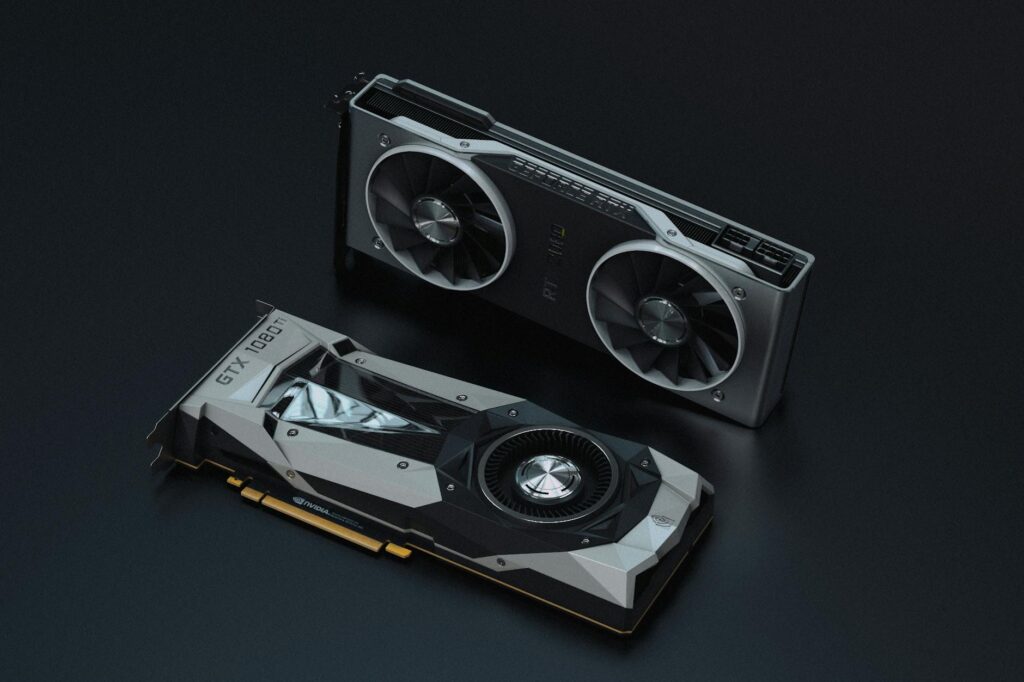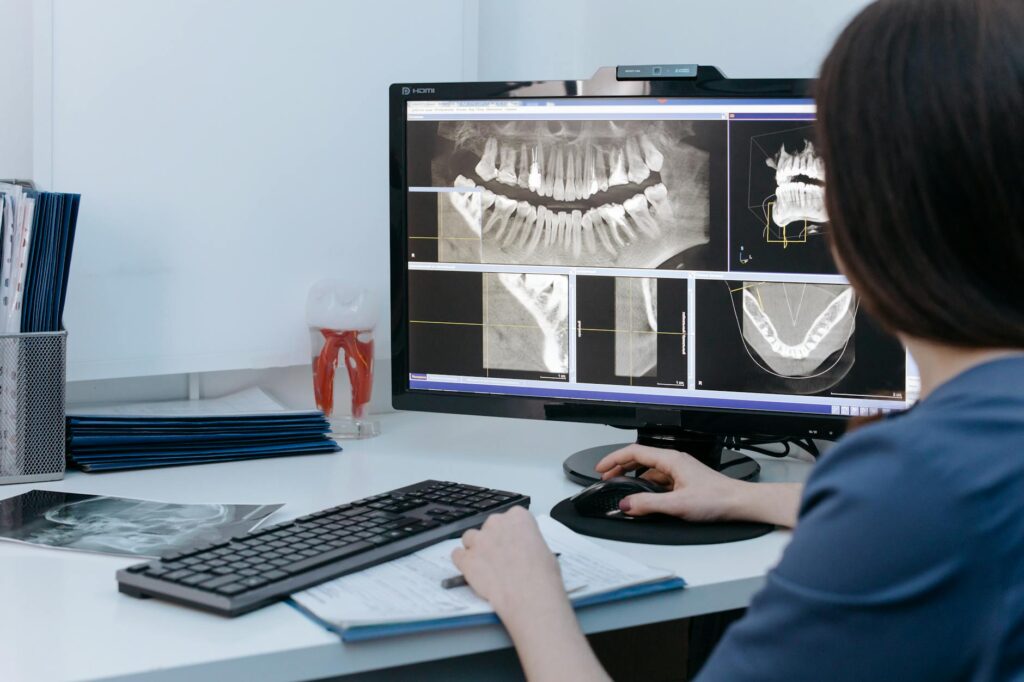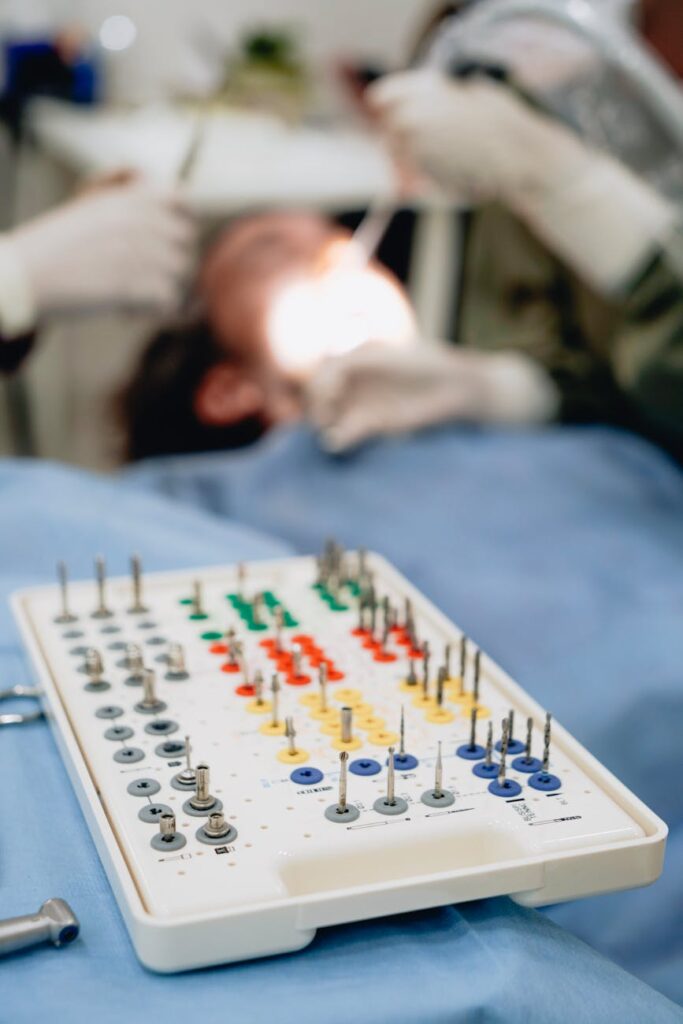Introduction
Dental clinicians are increasingly relying on powerful imaging and planning software to streamline workflows and boost accuracy for implant therapy. At the heart of these workflows is the graphics processing unit (GPU), responsible for 3D visualization, high-speed computation, and automated segmentation. But when it comes to choosing between NVIDIA and AMD, which GPU reigns supreme for dental imaging and implant planning? And why are CUDA profiles crucial for automated segmentation from CBCT scans? Let’s break it down for our dental colleagues.
Dental Imaging Needs – GPU Matters!
Modern dental implant planning software uses large cone-beam CT (CBCT) datasets and dense 3D models that demand robust graphical and computational power. Tasks like segmentation of bone, teeth, and nerves require both high-fidelity rendering and rapid image processing.
NVIDIA vs. AMD – The Science Behind the Choice
NVIDIA:

Dominates the market for AI/ML, scientific imaging, and deep learning due to its proprietary CUDA architecture.
CUDA-enabled NVIDIA GPUs (GeForce RTX, Quadro, and workstation series) deliver parallel processing power, which is essential for fast, accurate 3D image rendering and automated segmentation in CBCT workflows.
Widely supported in dental software for segmentation and advanced visualization, thanks to optimized libraries and superior driver stability.
More expensive, but unmatched for clinical tasks relying on GPU-accelerated AI algorithms.
AMD:

AMD’s RDNA and Instinct MI series are competitive in raw graphics performance and cost-effectiveness.
Lacks direct CUDA support, and while its ROCm platform is improving, many dental and medical imaging applications remain optimized for NVIDIA’s CUDA ecosystem.
Better suited for budget-conscious environments and general-purpose HPC but not for advanced AI-driven dental image segmentation.
NVIDIA remains the best choice for dental imaging, particularly if your clinic plans to use advanced segmentation and AI-powered automation in planning software.
What are CUDA Profiles?
CUDA (Compute Unified Device Architecture):
- An NVIDIA-developed parallel computing platform that lets compatible software tap into the GPU’s full computational power for data-intensive tasks.
- Many dental CBCT segmentation tools require CUDA to run advanced algorithms in parallel—something AMD GPUs cannot natively support.
CUDA Profiles:
- Refer to the specific capabilities and compatibility of an NVIDIA GPU for CUDA-accelerated tasks.
- Choosing a GPU with an appropriate CUDA profile ensures your implant planning software can leverage automated segmentation, making workflow faster and more precise.
Why CUDA Matters for Automated Segmentation in Dental CBCT Scans
Automated segmentation—identifying and separating teeth, bone structures, nerves, and sinuses in CBCT images—is at the forefront of digital implant planning.
Benefits of CUDA-enabled segmentation:
- Enables deep learning and AI-based segmentation methods for faster, more reliable anatomical modeling.
- Reduces manual labor, freeing up clinicians’ time and improving diagnostic consistency.
- Increases segmentation accuracy by allowing processing of large datasets and complex anatomical boundaries—vital for planning safe, predictable implant placements.
For example, fully AI-driven systems can automatically segment all teeth and bone structures from CBCT, adapting to image quality variations and providing precise, actionable data for planning.
Conclusion – The Verdict for Dental Professionals
When accuracy, speed, and automation matter, NVIDIA GPUs with CUDA support are the clear leaders for dental imaging and implant planning. Not only do they power the most advanced segmentation algorithms, but they also ensure flawless compatibility with the latest dental software.
If you’re planning to upgrade your clinic’s digital workflow, invest in an NVIDIA RTX or workstation GPU with strong CUDA capabilities. Your implant treatment plans—and your patients—will benefit from faster, more accurate results.
Ready to future-proof your clinic’s imaging tech? Go NVIDIA, and make sure your setup is CUDA-ready for next-generation dental care!
- Steiner’s Analysis – Free online Cephalometry - November 23, 2025
- A Complete guide to Grayscale values in CT & CBCT - November 15, 2025
- Struggling to get your old PC to run new Radiology software smoothly? Here’s a trick with SSD that might save you. - November 14, 2025




